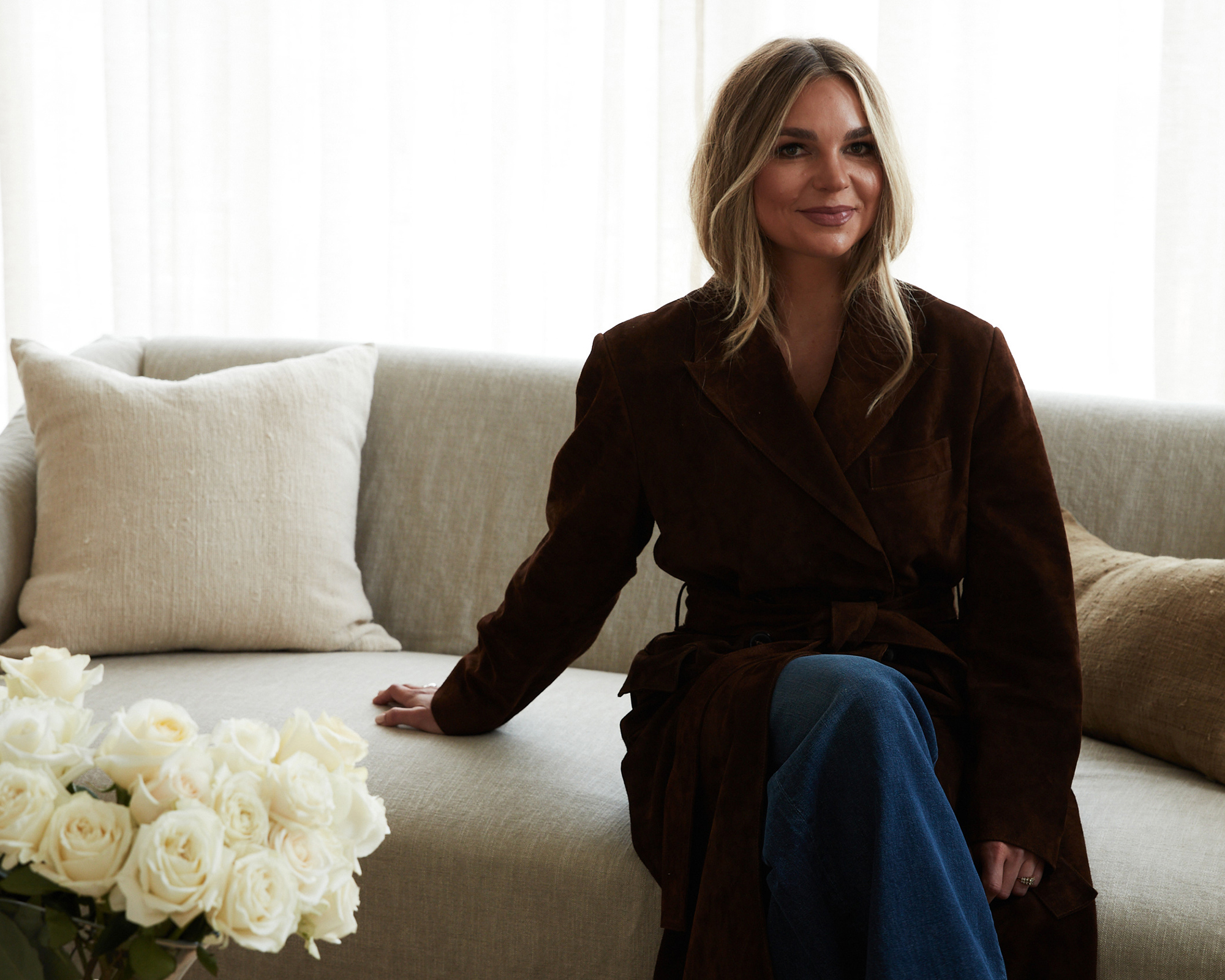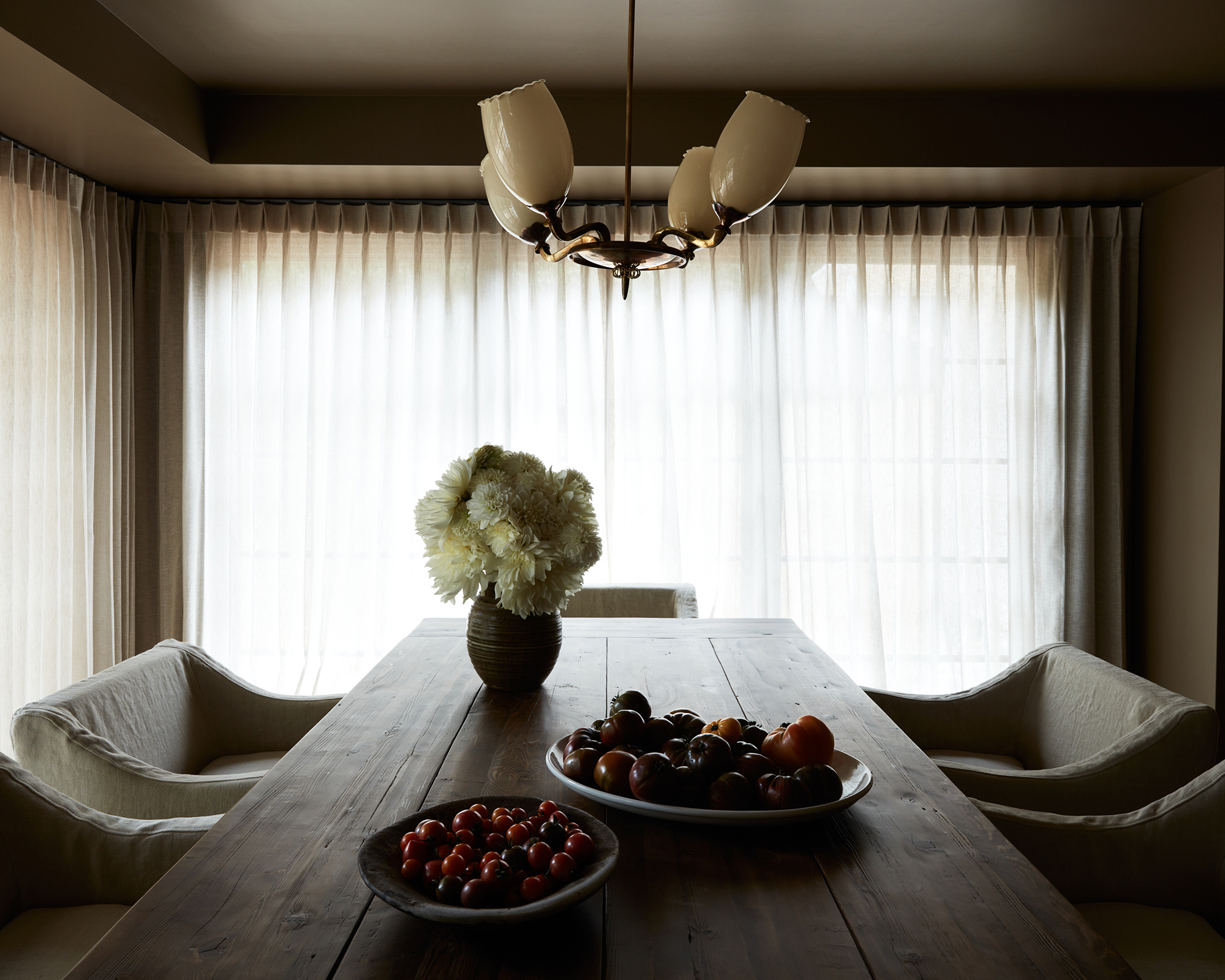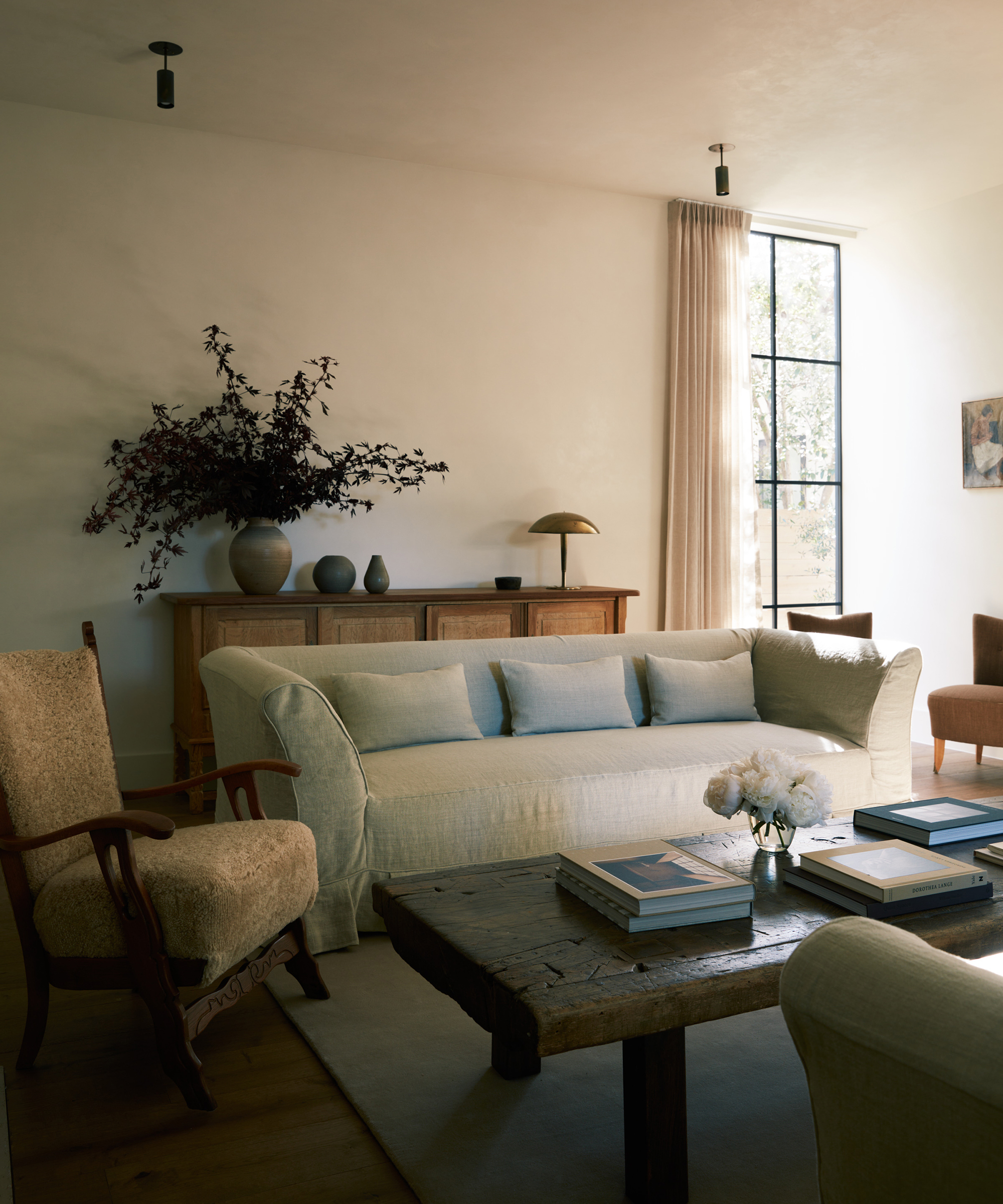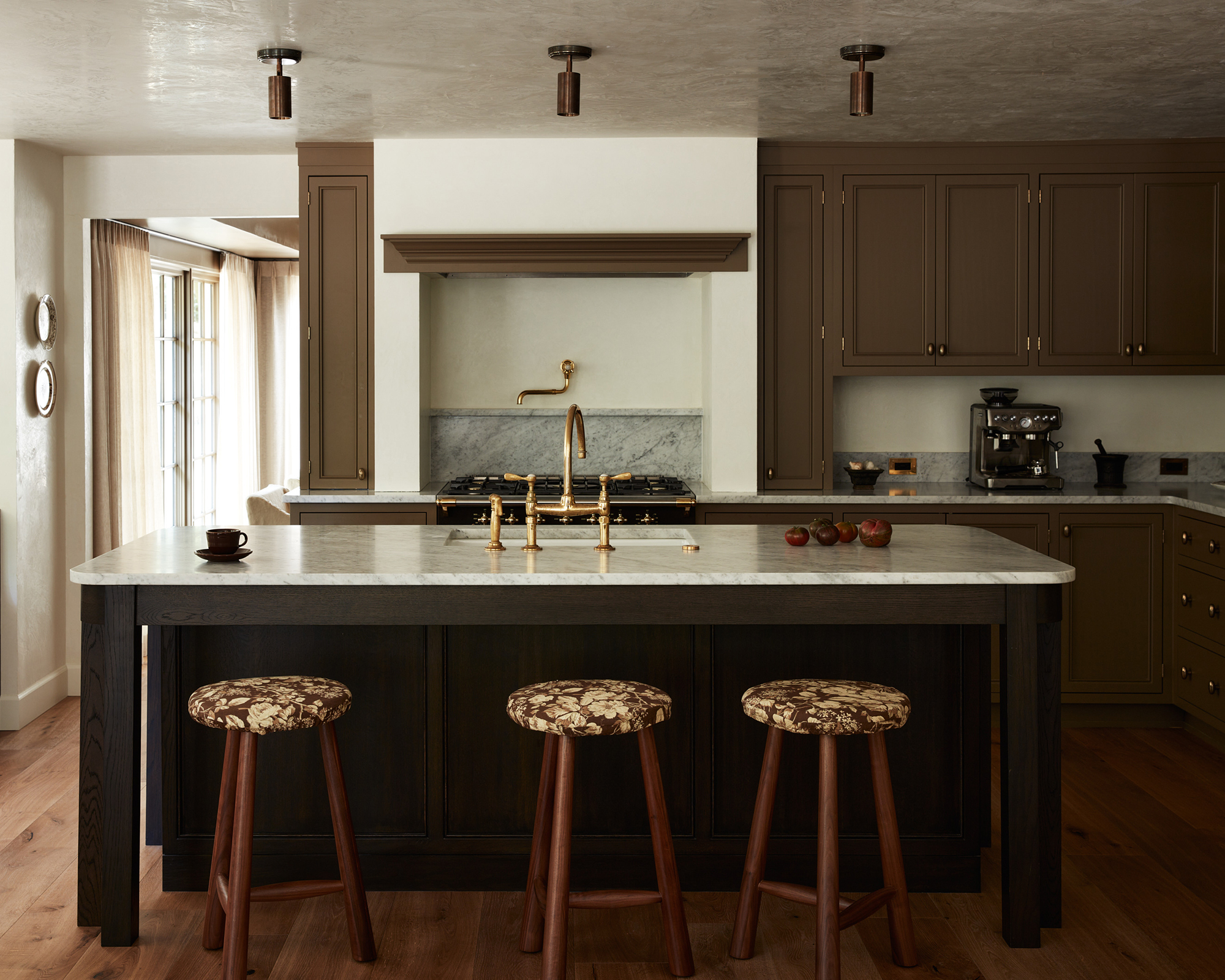‘It’s walking into a home and thinking this is somewhere you want to stay’ – designer Molly Kidd on creating restful, soulful, perfectly balanced homes
Interior designer Molly Kidd is celebrated for blending vintage and new pieces, incorporating warm browns in every project, and creating spaces that invite you to truly relax. Here are her secrets

Molly Kidd is the founder and principal designer of Molly Kidd Studio, an Oregon-based interior design practice known for its earthy palettes, timeless warmth, and thoughtful use of vintage pieces. Rooted in sustainability and emotional resonance, Molly has developed a signature style that blends old-world elegance with the laid-back comfort of the Pacific Northwest. Each project she takes on is a study in quiet beauty – layered textures, natural materials, and an effortless sense of lived-in quiet luxury.
Formerly the Creative Director at Light and Dwell, Molly’s aesthetic is guided by a commitment to sourcing locally, working with reclaimed materials, and ensuring that at least half of every home is filled with vintage or antique finds. From richly toned woods and aged brass to tactile fabrics like Belgian linen and mohair, her work balances classic restraint with personal warmth.
In this exclusive Q&A, Molly shares the principles that shape her designs – from how she discovers vintage treasures and her devotion to brown as a grounding color, to why comfort and the right rug size matter, and why she begins every project with something as simple as a floral arrangement. Her insights offer a refreshing, deeply practical perspective on creating a home that feels soulful, timeless, and entirely your own.

Including vintage pieces in every project is key to how your studio decorates. Why are they so important to you?
Vintage pieces are the soul of so many of our projects. You can immediately tell when a home is filled entirely with new things – it lacks depth and character. My goal is always to create homes that feel timeless, spaces where you can’t quite pinpoint when they were designed. Vintage also plays an important role in sustainability, which we take very seriously. We aim for at least 50% of a home’s furnishings and decor to be vintage or antique, and we work hard to maintain that balance.
What do you look for when you’re sourcing vintage pieces?
It’s really a feeling. I’m drawn to certain wood tones, those rich, chocolatey hues, while avoiding anything too orange or red. I also keep an eye out for antique silver and beautifully patinated brass. But I practice restraint; I don’t want homes to feel over-curated, so I’m intentional about the pieces I choose. I have to love them, and they have to truly work in the space. We also uphold a locality promise for each project, sourcing as much as possible from the surrounding area.
Design expertise in your inbox – from inspiring decorating ideas and beautiful celebrity homes to practical gardening advice and shopping round-ups.

All of your projects have brown in them. Why is that such an important color?
Growing up in the Pacific Northwest, I’ve always been surrounded by earthy tones, so I naturally gravitate toward brown and the grounding quality it brings. There are so many rich variations within the color. Black can feel stark or high-contrast, but brown is soft, warm, and full of depth. My own office is painted in Wainscot by Farrow and Ball, which I love. In fact, we’ve used nearly every one of their browns – they’re all incredibly calming and timeless.
What else do you consider important to your aesthetic?
I take a lot of influence from old-world European culture and design. Natural materials are non-negotiable in my projects – I only use real stone for surfaces, and I love plaster walls for the depth they bring.
Every project actually begins with a floral arrangement; the colors and textures in those flowers become the starting point for the palette I present to clients. And, tying back to my locality promise, I’m committed to working with nearby talent. All my wood beams, for example, come from a local supplier who sources them from reclaimed barns. I also love collaborating with small makers and tradespeople from the area around each project.
What role does comfort play in your design process?
Every space needs to be truly livable, though comfort means something different to each client. Most of mine have kids, dogs, and love to entertain, so comfort is always a priority. That’s one of the reasons I love vintage pieces: they already carry a bit of wear, which immediately puts people at ease. You don’t feel like you have to tiptoe around them, and that makes a home feel all the more comfortable.

Are there any materials, textures, or design elements you find yourself returning to again and again?
Belgian linen is always a favorite – I use it constantly. Lately, I’ve also been bringing in corduroy, which feels fresh, fun, and surprisingly durable. Mohair is another staple. And almost every project includes a fine stripe fabric, usually sourced from fabric houses in the UK. I especially love working with Soane.
What’s a decorating mistake you often see that makes you want to gently intervene?
I try to steer clear of anything that feels like a mainstream trend. My rule of thumb is: if you’ve loved something for three years or more, it’s a safe bet. Take green kitchens, for example – they’re everywhere right now, but if you’re choosing one just because it’s trendy, I’d caution against it. If you’ve genuinely loved them for years, that’s different; then it will feel timeless and personal. Another thing – I wish more people chose plumbing fixtures that are designed to patina. That aging process adds so much soul.
If you could give everyone one piece of advice to think about before they decorate, what would it be?
Rug sizes, always. A rug that’s too small throws off an entire room. Every piece of furniture should fit comfortably on it. I learned that lesson early on during one of my first installs, when the wrong size arrived, and I knew instantly it wouldn’t work. And art placement is another big one – people tend to hang it too low. As a rule, it should sit about four inches above the furniture beneath it.

Finally, what makes a space unforgettable to you?
For me, it’s when a space evokes a feeling the moment you walk in. That’s why materiality and detail matter so much. Plaster walls instead of drywall, real wood beams instead of faux – those choices add depth and authenticity. You may not be able to articulate exactly why, but you feel it. It’s that quiet sense of, I want to stay here.
See more of Molly's work at Molly Kidd Studio
Pip Rich is an interiors journalist and editor with 20 years' experience, having written for all of the UK's biggest titles. Most recently, he was the Global Editor in Chief of our sister brand, Livingetc, where he now continues in a consulting role as Executive Editor. Before that, he was acting editor of Homes & Gardens, and has held staff positions at Sunday Times Style, ELLE Decoration, Red and Grazia. He has written three books – his most recent, A New Leaf, looked at the homes of architects who had decorated with house plants. Over his career, he has interviewed pretty much every interior designer working today, soaking up their knowledge and wisdom so as to become an expert himself.

